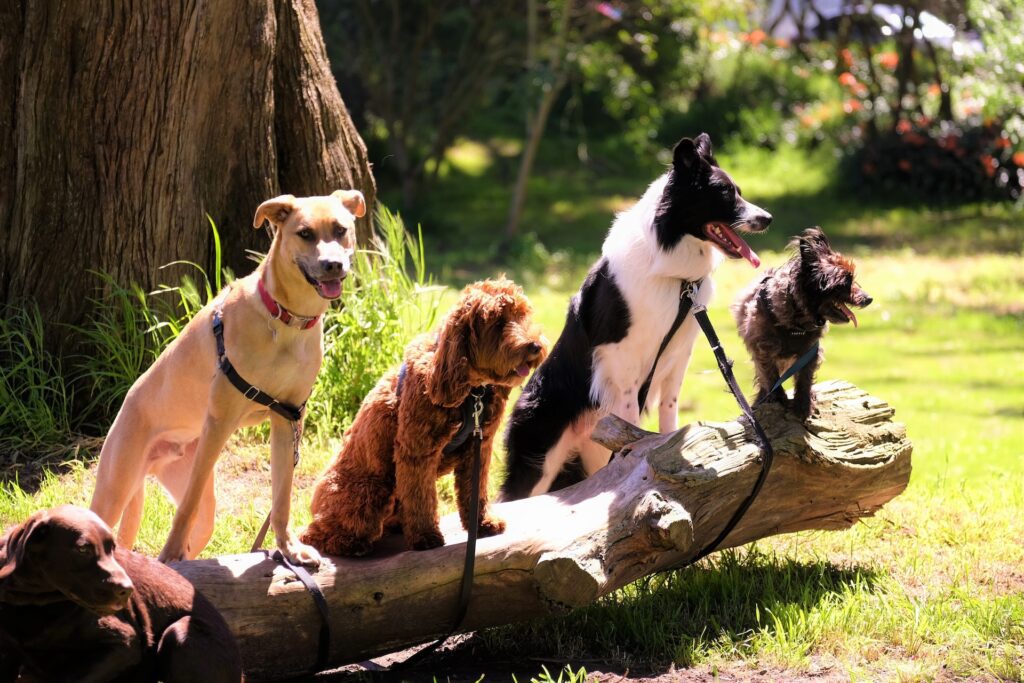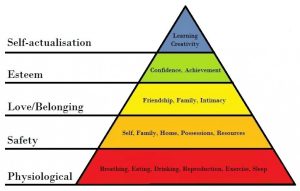Need help with Reactive Dog Behaviour? Join my FREE Facebook support group...
Appealing to a dogs subconscious – one hidden benefit of clicker training!
There are two ways we make choices. We can make conscious decisions where we openly weigh up all the pros and cons and draw a conclusion. Or we make subconscious decisions. For these we let our gut instant take over and do things that make us feel good. This is one interesting, but hidden benefit of clicker training.
Dogs are the same as us. All day long they are making decisions about how to behave, or what to do, or how to respond, on a subconscious, and a conscious level.
How we feel about things affects our preferences, and that controls the subconscious choices we make. If something scares your dog, they will prefer to stay away from it. If they like a person they will gravitate towards them more readily. So, if we can change the way a dog feels about something, they will naturally start to prefer it. But how can we do that?

Using a clicker
There are a few ways, but my favourite is the clicker. A clicker can be used in two ways. Most people that buy a clicker will follow the instructions on the packet and will be using it to teach their dog new tricks and cues. This type of training appeals to the conscious part of the dogs brain. He hears the click and get’s happy because he knows a treat will follow. The click is a predictor of a treat!
But there is a hidden benefit to clicker training. It can also be used to change how a dog feels about something as it appeals to the unconscious part of the dogs brain as well. This will feel much more subtle. But what this means is that, without him even realising it, you can make a dog feel good about something, just by clicking your clicker. But be careful…
How does it work?
If introduced properly, you can program the brain to trigger dopamine (the happy hormone). When you do this carefully, your dog could change the way he feels about something, and start to prefer it.
Maybe clicker training would suit your dog! If you are in Dundee, why not book on to my upcoming clicker training masterclass on 26th.
Creating behaviour
Using your clicker in this way works particular well when a dog is resistant to other ways to create a behaviour. For example, if your dog is resistant to taking a sit position when you are working with them, you can use your clicker every time they just happen to sit. They will start to feel good about sitting, and after a while, the dog will start to do it more frequently. Once that happens, you have started the ball rolling. It won’t take many more clicks and treats before they get the idea, and then you can label it as “sit” – now you have a new cue developing.
You can use your clicker for many other things too, in fact I recommend clickers to many of my clients as the benefits are enormous. How about using it in loose lead training? Simply click every time your dog walks beside you. He’ll soon start preferring walking beside you and will start to naturally choose it, he won’t even know why.
Boosting confidence
When used carefully, a clicker could make a dog feel good about pretty much anything. This means you can use it to boost confidence too. In fact, if used frequently enough you could help your dog cope better when left alone, when at a safe distance of something they are afraid of, or even when working with OCD!
Do get help if you are using a clicker for any of these purposes, as the timing is very important. Getting the timing wrong could end up with the clicker becoming a predictor of something a dog fears and actually make things worse. Don’t worry, it’s not hard, but you’ll need a professional who knows how to use a clicker this way to show you when to use it!
Are you struggling with an anxious dog?
Private Dog Behaviour Consultations are currently available in the greater Dundee area. If you are looking for help solving your dogs behaviour and training problems, then please get in touch!


